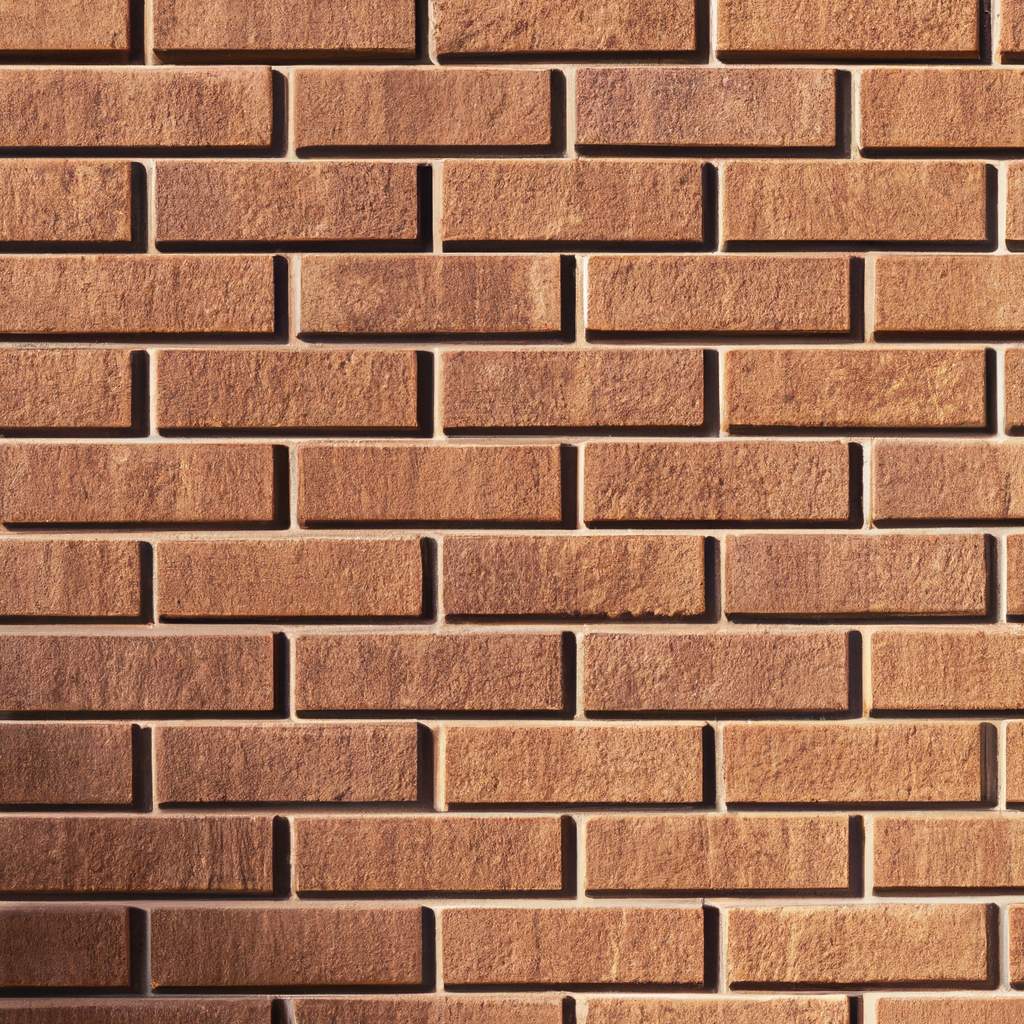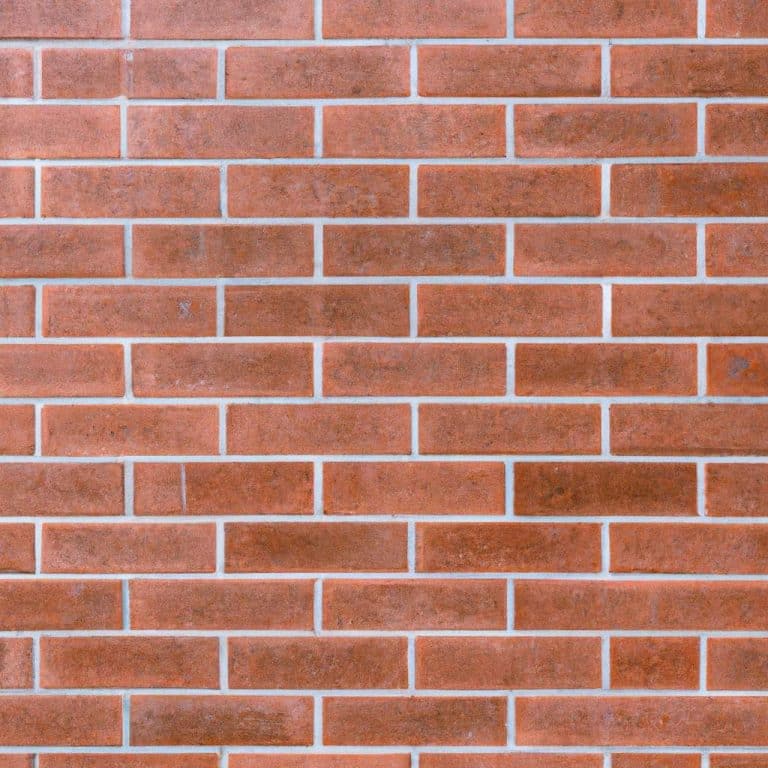As homeowners, we often decide to take on some of our own home improvement projects, such as masonry work. This allows us to save money and improve our DIY skills. However, it is important that we remain vigilant. Without paying attention, we run the risk of making mistakes that can affect the quality of our work. So, let's discover the main errors to avoid when undertaking masonry work.
Laying bricks continuously
To manufacture bricks, you need water, clay, air, and fire. As a result, it is not uncommon for them to have different shades of color after being stored on pallets. When building a wall, it is important to avoid taking bricks from the same pallet one after the other, as this will make the color difference too noticeable. It is recommended to alternate between 4 and 5 pallets when selecting bricks. Alternatively, you can hire a professional mason in Gard to build your wall and avoid any inconveniences.
Using an inadequate or unsuitable mortar for bricks
Several types of bricks are available, each with its own water absorption capacity. Therefore, it is important to use mortar that has a similar water absorption capacity in order for the bricks to adhere properly. This ensures the strength and stability of the structure being built. When choosing the appropriate mortar, it is recommended to seek advice from a professional mason.
There are different types of mortars, each with unique characteristics that are not interchangeable. Your choice should depend on the specific nature of your project. Some examples include laying mortar, pointing mortar, and reinforcing mortar.
Overlooking the Installation of Reinforcement or Expansion Joints

When making changes to the exterior of a building, such as adding a window, it is important to reinforce the structure. This is especially crucial for longer buildings, typically ranging from 12 to 18 meters. To ensure optimal strength, it is necessary to incorporate expansion joints or reinforcement mortar in areas of tension.
Exposing Fresh Mortar: What You Need to Know
Because the bond between bricks and mortar depends on the water content, it is important to avoid exposing a freshly built facade to bad weather. It is necessary to wait for the mortar to dry completely before subjecting it to moisture.
Creating Misaligned Joints
To ensure perfectly aligned joints, it is crucial to follow the masonry lines.
Delay in Removing Excess Mortar
The mortar used to hold bricks in place is very strong. It is important to remove the excess mortar immediately after it is applied, as it can be difficult to remove once it has hardened. Additionally, removing the excess mortar before it dries makes it easier to apply a joint later on.
It is important to ensure that the mortar joint is suitable for the type of bricks being installed. The width of the joint should be in accordance with the brick to ensure proper adhesion.










